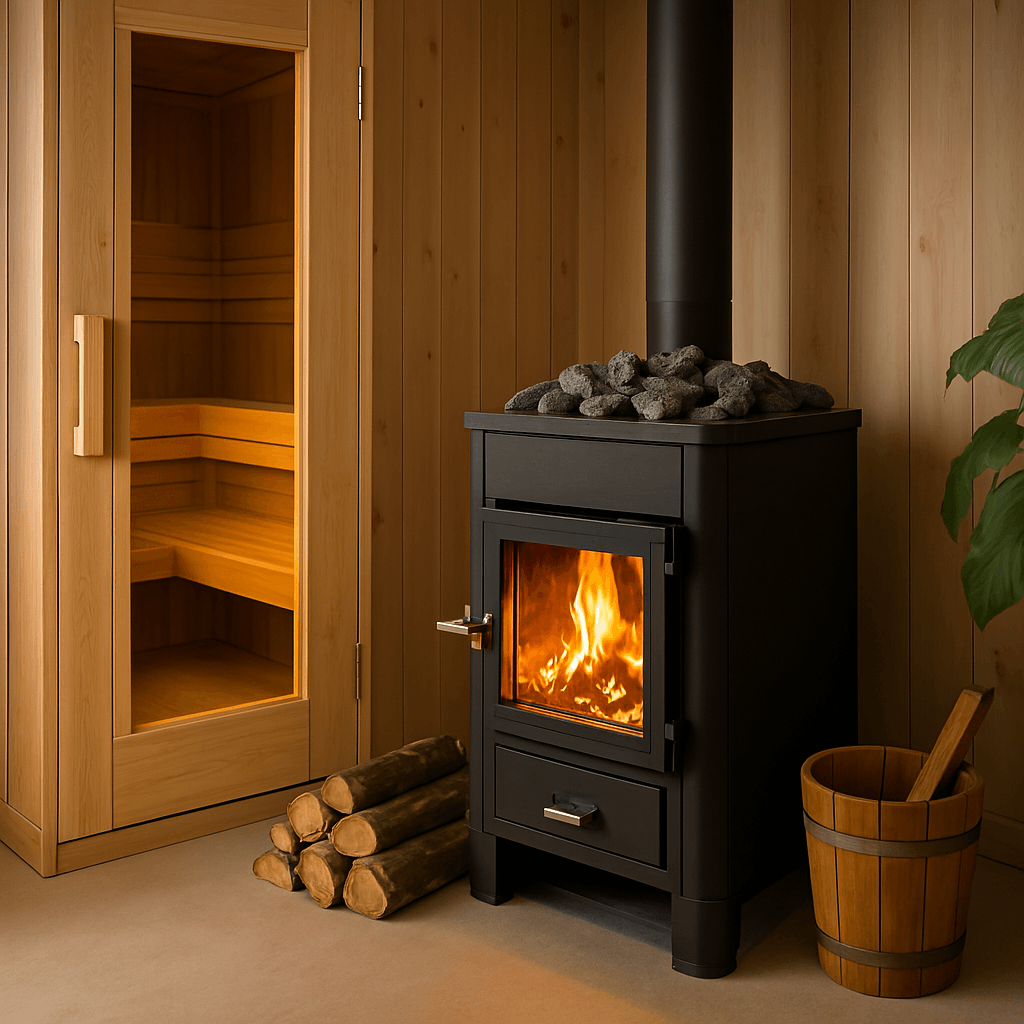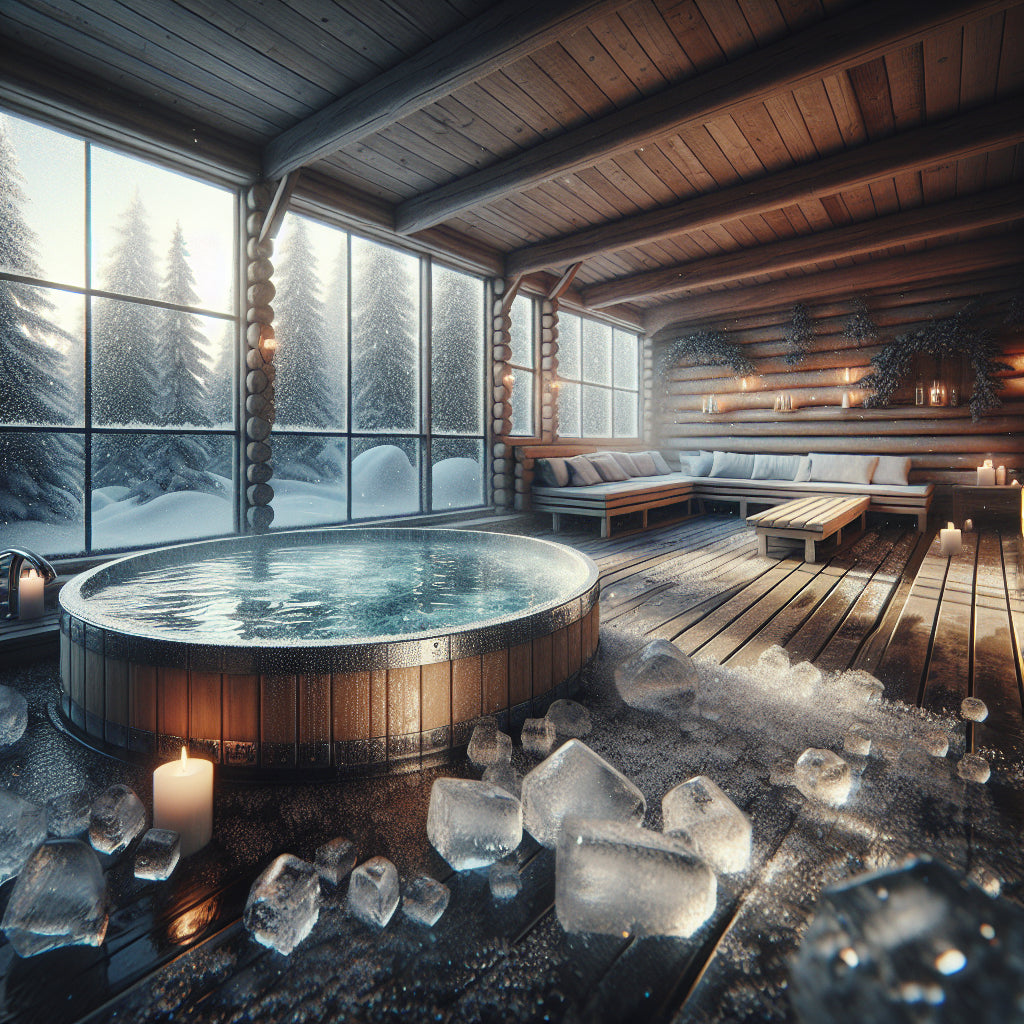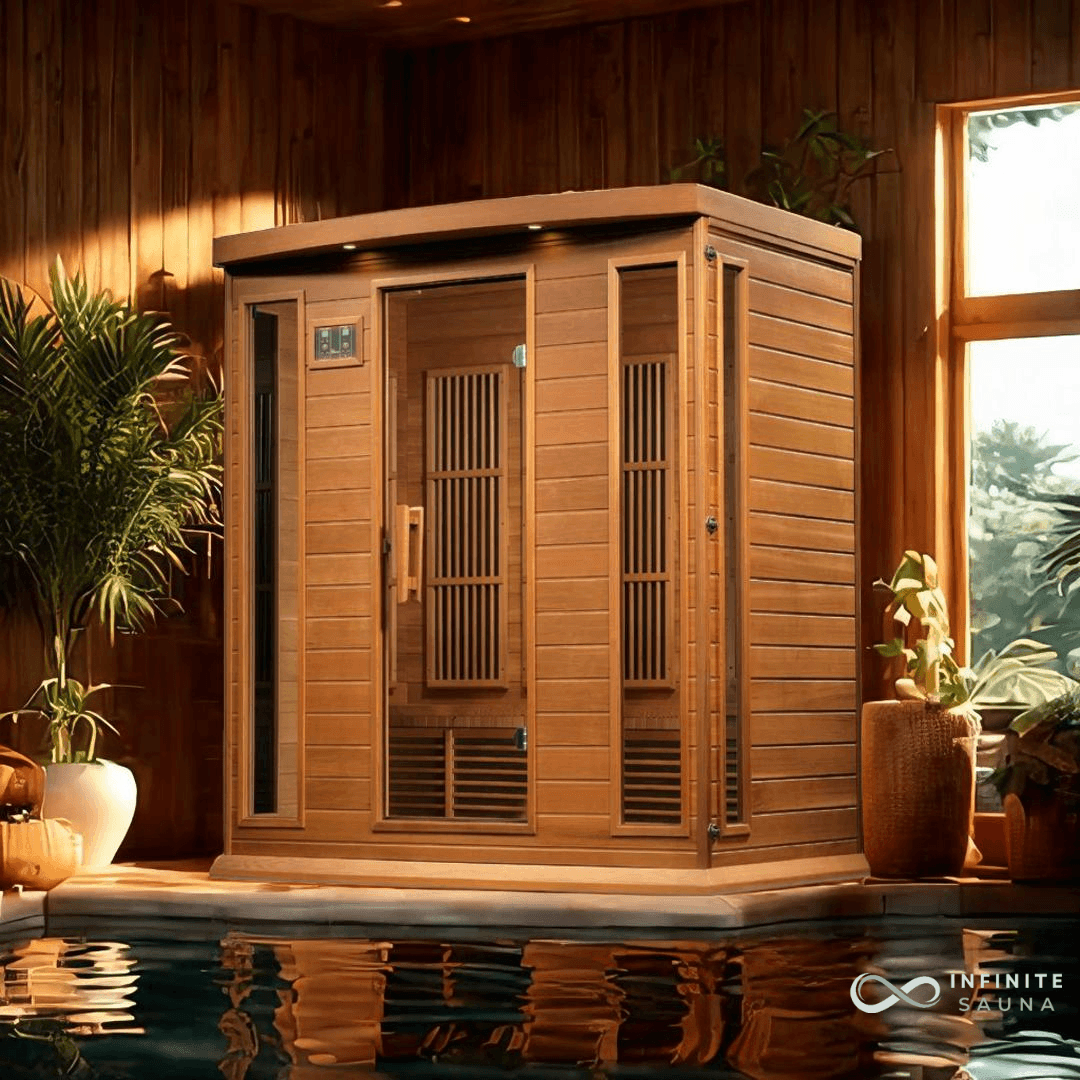The Science and Benefits of Wood Burning Saunas: A Technical Examination of Heat, Health, and Heater Efficiency
The resurgence of wood burning saunas in North American wellness culture has prompted renewed attention on their biological effects, thermal efficiency, and technical engineering. While infrared and electric models dominate the commercial market, traditional wood fired systems remain unmatched in thermal depth and atmospheric quality. This article systematically reviews the thermodynamic behavior of wood combustion in sauna applications, its documented physiological benefits, and practical criteria for selecting high-performance sauna wood heaters.
Thermal Characteristics of Wood Fired Sauna Systems
Heat Generation and Retention: Comparative Efficiency
Wood combustion in an enclosed stove creates convective heat transfer that elevates ambient temperature between 170–200°F (77–93°C). In contrast to electric sauna systems, wood fired models produce gradual heat buildup with higher thermal inertia, sustaining elevated temperatures longer after the burn phase.
Key thermal metrics:
-
Combustion Efficiency: Up to 75–80% with modern EPA-certified stoves
-
Heat-up Time: 45–60 minutes average
-
Retention Time (post-burn): 30–90 minutes depending on insulation and stone mass
Airflow and Ventilation in Wood Burning Sauna Chambers
Efficient operation requires a controlled combustion chamber and dual-vent system:
-
Primary air intake regulates combustion rate
-
Secondary air control ensures post-flame heat recirculation
Proper stove placement allows heated air to circulate uniformly, minimizing thermal layering.
Physiological Effects of Wood-Fueled Heat Exposure
1. Cardiovascular Response
Heat exposure causes peripheral vasodilation and elevated heart rate (increase of 30–40 bpm), mimicking moderate aerobic exercise. According to a longitudinal study from the University of Eastern Finland (Laukkanen et al., 2015), frequent sauna use correlates with reduced all-cause mortality and improved endothelial function.
Relevant parameters:
-
Heart rate increase: 30–40 bpm above baseline
-
Core body temperature rise: ~1.5°C after 20 minutes
-
Systolic pressure: Mild acute increase, followed by normalization post-session
2. Thermoregulatory Benefits and Detoxification
Sweating in high-temperature environments facilitates passive elimination of xenobiotics and heavy metals. A review published in the Journal of Environmental and Public Health (Crinnion, 2011) confirms sauna-induced perspiration supports the excretion of arsenic, cadmium, lead, and mercury.
Key metrics:
-
Sweat loss per session: 0.5–1.0 liters
-
Metals measured: Pb, Hg, As, Cd
-
Mechanism: Passive diffusion across dermal membranes
3. Musculoskeletal and Neurological Outcomes
Traditional heat therapy contributes to neuromuscular relaxation, downregulation of inflammatory cytokines, and improved post-exercise recovery. A study in the American Journal of Physical Medicine & Rehabilitation (2018) demonstrated reductions in muscle soreness and C-reactive protein (CRP) levels following repeated heat exposure.
Fuel Source and Combustion Considerations
Hardwood vs. Softwood: Burn Rate and BTU Output
The choice of firewood influences heat efficiency and stove performance:
| Wood Type | BTU per Cord (Million) | Burn Rate | Ideal For |
|---|---|---|---|
| Oak | 29 | Slow | Long, consistent sessions |
| Maple | 25 | Moderate | Balanced heat and aroma |
| Pine | 15 | Fast | Quick warm-up, less efficient |
Hardwoods like oak and maple are recommended due to their higher energy density, cleaner burn profile, and reduced creosote buildup.
Technical Guide: Choosing the Right Sauna Wood Stove
Core Evaluation Metrics
When selecting a sauna wood stove for sale, buyers should prioritize the following specifications:
-
BTU Output Range: Match to cubic footage of sauna space (e.g., 20,000–40,000 BTU for 6'x6'x7' rooms)
-
Material Construction: Stainless steel firebox with stone support tray
-
Certification: EPA-compliant models for indoor air quality
-
Loading Configuration: Front-load vs. rear-load for exterior fire management
-
Stone Capacity: Higher mass enables smoother temperature curves
Recommended Source: Sauna Wood Heaters
For those seeking reliable and efficient heaters, explore sauna wood stoves for sale available through curated wellness retailers. Models offering secondary combustion systems and thick-gauge fireboxes provide superior heat consistency and lifespan.
Installation and Maintenance Best Practices
1. Ventilation Design
Proper airflow ensures efficient combustion and minimizes carbon monoxide accumulation. Follow local code for flue height (typically 3 feet above roofline) and include a damper for draw control.
2. Heat Shielding and Clearances
Use non-combustible materials like cement board and metal shields to protect walls and maintain minimum clearances of 12–18 inches from combustibles.
3. Stone Management
-
Stone type: Peridotite or olivine preferred for high thermal mass
-
Stone replacement: Every 2–3 years depending on usage frequency
The wood burning sauna remains a technically sophisticated, biologically potent, and environmentally sustainable heat therapy method. Its ability to combine natural combustion with measurable cardiovascular and neurological benefits makes it an enduring option in both rural retreats and modern home wellness spaces.
When selecting a sauna wood heater, prioritize thermal performance, material integrity, and certified safety standards. The result is a deeper, more immersive heat experience backed by tradition and supported by science.
References
-
Laukkanen T., et al. (2015). “Association Between Sauna Bathing and Fatal Cardiovascular and All-Cause Mortality Events.” JAMA Internal Medicine.
-
Crinnion WJ. (2011). “Sauna as a Valuable Clinical Tool for Cardiovascular, Autoimmune, Toxicant-Induced, and Other Chronic Health Problems.” Journal of Environmental and Public Health.







Leave a comment
This site is protected by hCaptcha and the hCaptcha Privacy Policy and Terms of Service apply.